Meadow Restoration
WHAT IS A MEADOW?
A meadow is defined under Ontario’s Ecological Land Classification as a community dominated by grasses and herbaceous plants, with tree and shrub cover of 25% or less.
Meadow communities are shaped over time by patterns of natural or human disturbances such as cycles of fire, drought, soil scarification, or mowing.


MEADOW ECOSYSTEMS IN THE GTA
In the Greater Toronto Area (GTA), meadows are often transitional communities, dominated by grasses, forbs, and other non-woody plants.
Meadow plants can survive with limited water because they have very deep root systems, over two meters, tapping into groundwater that shallow-rooted grasses and turf cannot reach.
These root systems, along with the tight-knit growth structure of meadow plants, help to make meadows resistant to non-native and invasive species.
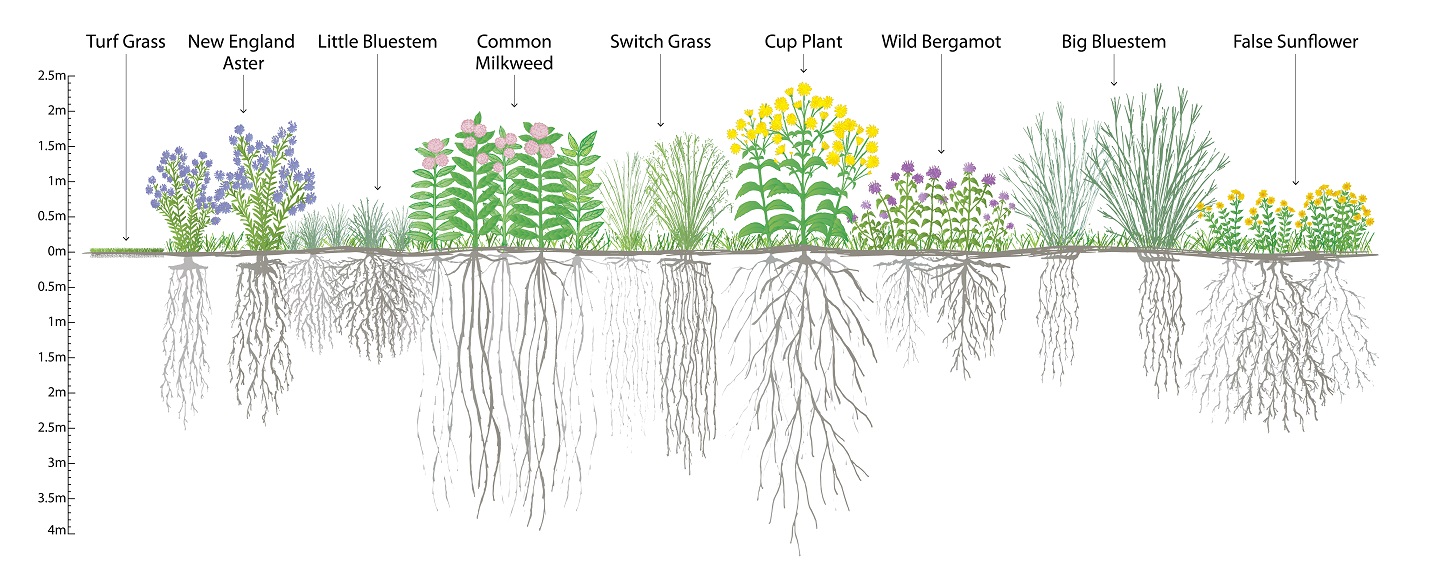
Meadow plants and their root systems.
VIEW FULL-SIZED IMAGE
Meadows are habitats for important ecological communities. The Meadoway serves as year-round habitats for some species while providing a migration corridor for others passing through.
Examples include:

Monarch Butterfly and Milkweed:
A symbiotic relationship in which milkweed relies on pollinators like the monarch butterfly for seed production, and monarch caterpillars feed on milkweed leaves.
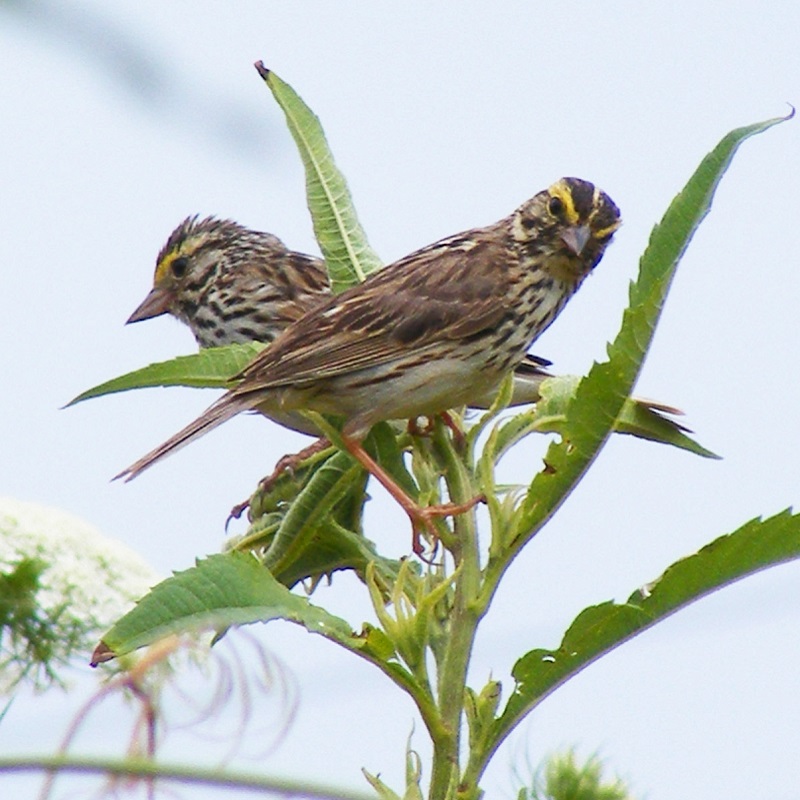
Bird Species:
Savannah sparrows and goldfinches find food, shelter, and nesting habitats within a meadow.
WHY RESTORE MEADOWS?
Meadow habitats have been in decline throughout Ontario due to urban expansion, agricultural intensification, and the suppression of natural disturbances like fire.
By restoring meadows, we can bring back native bird and pollinator species, creating thriving ecosystems that benefit everyone – from local communities to wildlife.
Meadows are perfect for naturalizing areas where traditional landscaping may not be practical.
Restoration strategies are tailored to each site’s unique conditions, such as soil type, presence of invasive species, and land use history.
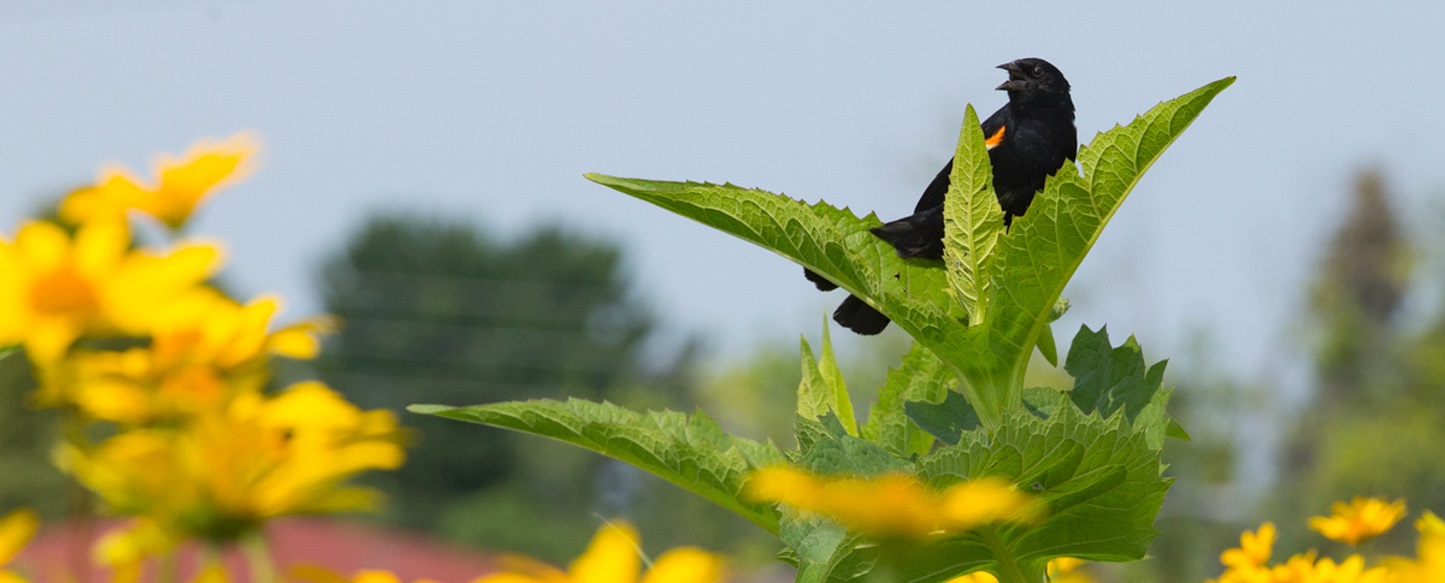
BENEFITS OF RESTORING THE MEADOWAY:
Boost Ecosystem Resilience and Biodiversity: Support a wide range of plants and animals.
Support Pollinators and Pest Control: Encourage healthy populations of bees, butterflies, and other beneficial insects.
Enhance Wildlife Habitat: Create natural corridors for animals to travel and thrive
Improve Water Management: Increase water infiltration and groundwater recharge, reducing soil erosion and compaction.
Lower Maintenance Costs: Enjoy a low-maintenance landscape that requires fewer resources.
Reduce Pollution: Meadows help filter the air, providing cleaner, fresher air for everyone.
Foster Community Activities: Create spaces for recreation and community engagement, promoting active and healthy lifestyles.

STEPS TO GROW A MEADOW:
Site Preparation: Remove invasive species and prepare the soil.
Seeding: Choose a mix of native wildflowers and grasses suited to the soil and moisture conditions.
Planting Shrubs: Include berry or nut-producing shrubs to enhance habitat diversity.
Adding Habitat Features: Install elements like downed woody debris, snake hibernacula, and nest boxes to support wildlife.
Without regular disturbances, meadows can eventually turn into forests. To maintain their unique character and biodiversity, ongoing maintenance is essential.

Monitoring in The Meadoway
Meadows offer excellent nesting habitats and feeding opportunities. Continuous monitoring helps us adapt and refine our restoration strategies.
Since 2016, Toronto and Region Conservation Authority’s (TRCA) team of dedicated biologists and botanists has been monitoring The Meadoway to track its progress and success.
This long-term commitment ensures that the restored meadows continue to provide vital habitats for a variety of species.
INVASIVE SPECIES:
Invasive species, such as garlic mustard, dog-strangling vine (pictured below), and creeping thistle pose a significant threat to meadow ecosystems.
These non-native plants can outcompete and displace native species, disrupting the balance of the ecosystem.

Managing Invasive Species: TRCA follows best management practices to control and monitor invasive species in The Meadoway. This adaptive approach ensures that restored areas remain healthy and resilient.
How You Can Help: You can contribute by applying best management practices in your own backyard. Find out more.
TO LEARN MORE:
Growing a Meadow
Meadow restoration and habitat creation are ongoing at specific sites across The Meadoway during the spring, summer, and fall months.
Existing, previously restored meadows are mowed to maintain plant diversity. Mowing mimics natural processes, preventing woody and invasive species from encroaching and stimulating vegetation growth.

New meadow areas are also being restored! During the spring and summer, areas are tilled to prepare the soil and remove invasive species so they can be seeded with native wildflowers the following year.
To ensure restoration success, adaptive management, monitoring, and invasive species management are carried out at all Meadoway restored sites.
MEADOW RESTORATION: BEFORE & AFTER
By bringing these corridors back to life, we’re not just restoring landscapes – we’re creating vibrant, resilient ecosystems that will thrive for generations to come
Witness the transformation of various sections of The Meadoway through our before and after images, as they move from mown hydro fields to beautiful native meadow landscapes.
These snapshots highlight the dramatic improvements achieved through meadow restoration efforts.
East of Bermondsey Road
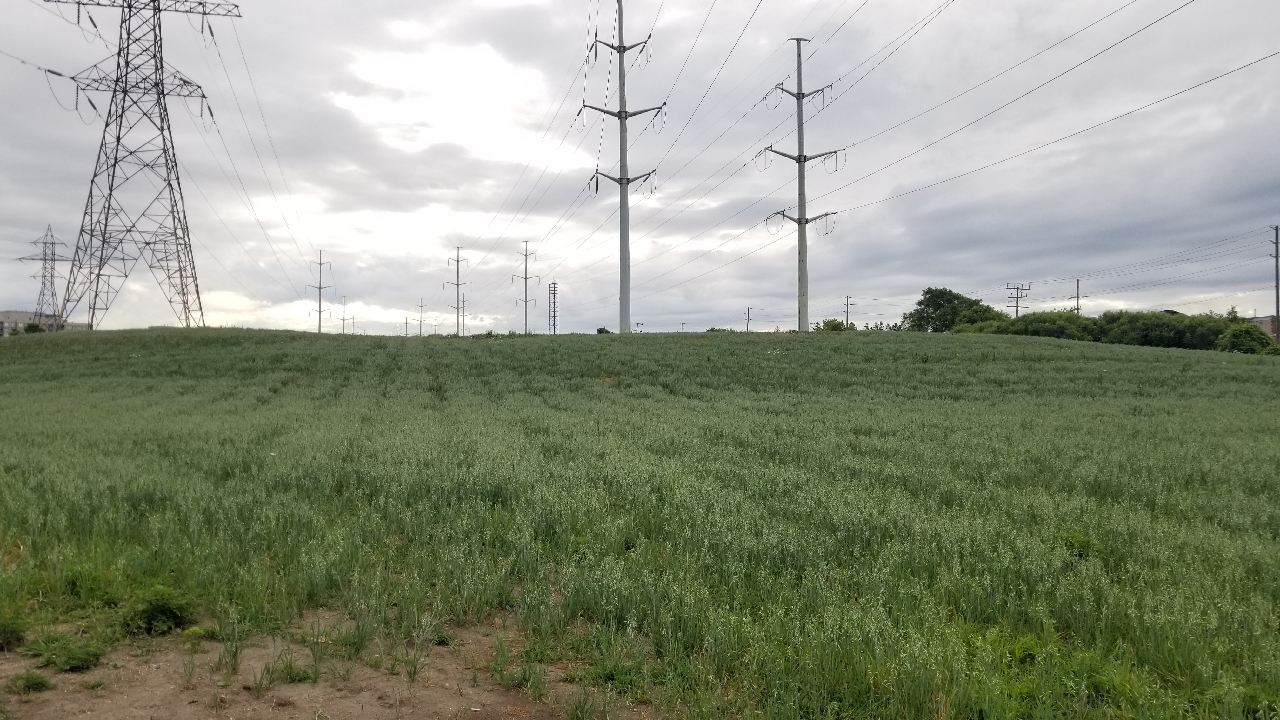
2019

2023
Jonesville Allotment Garden
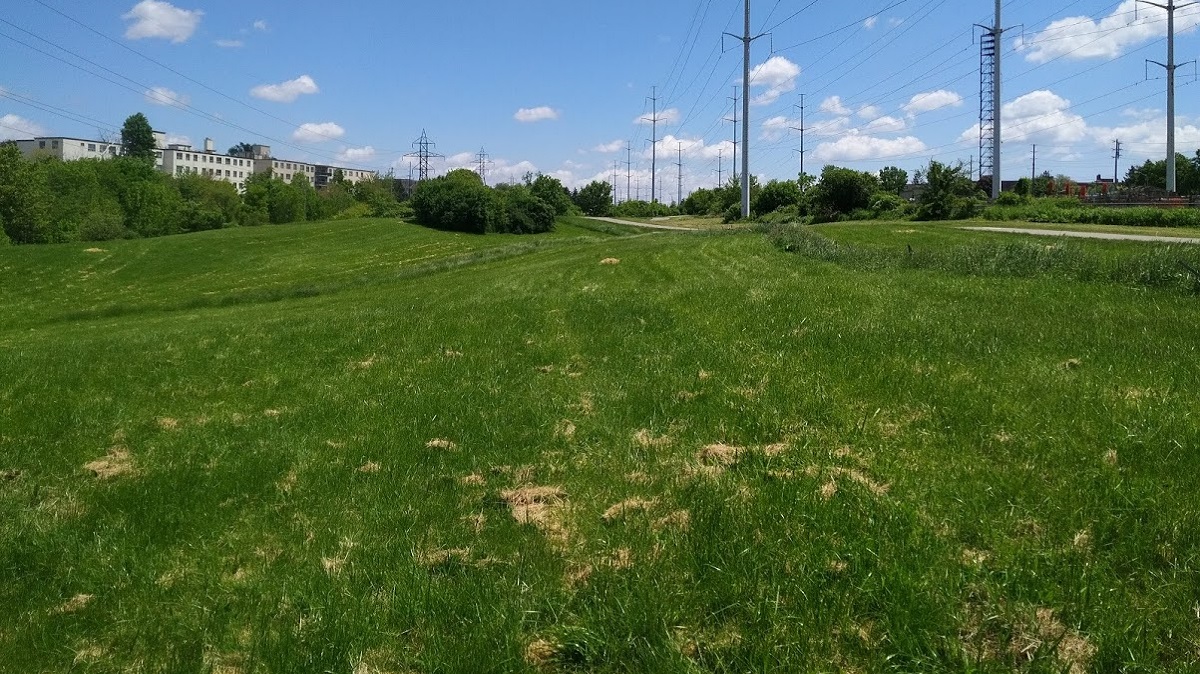
2019

2023
East of Benshire Drive
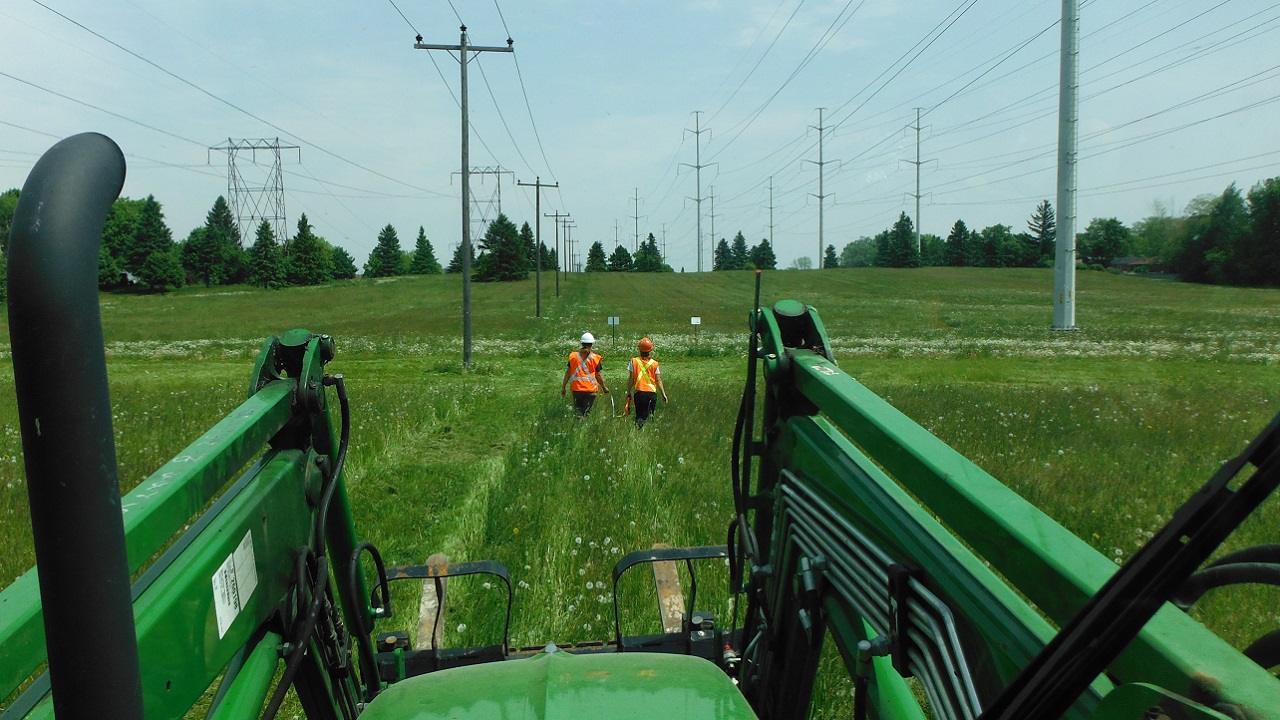
2013

2023
East of Bellamy Road

2013

2023
South of Sheppard Avenue East

2019

2023
Section 2.4 (West of Givendale Road)

2019








